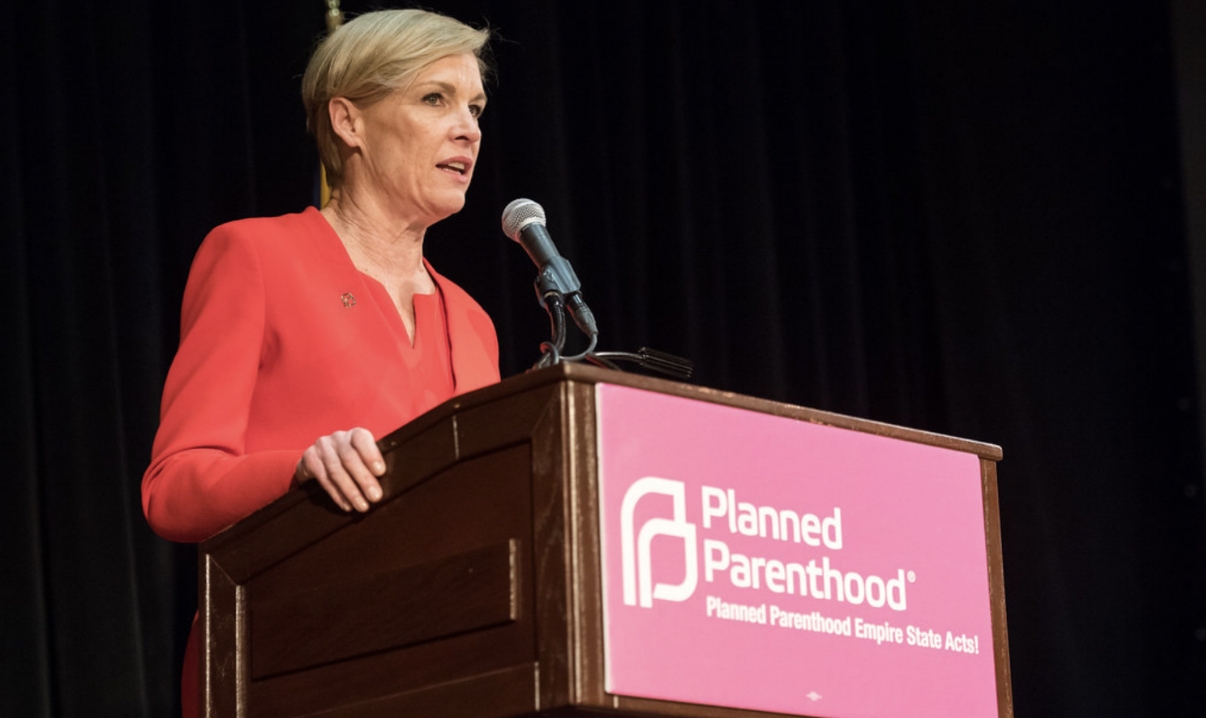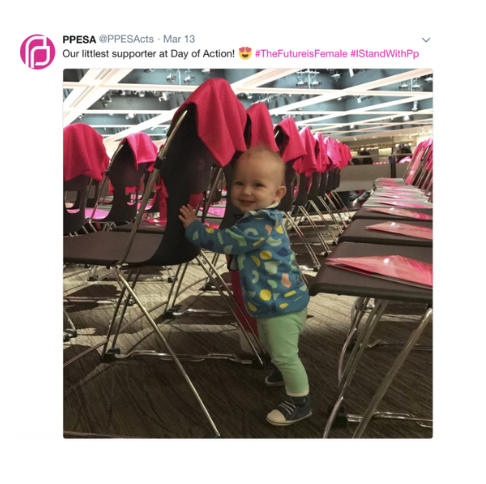I’ve partnered with non-profits, innovation studios and global advertising agencies to create campaigns with staying power.
Now at Health2047, I work with a diverse portfolio of early-stage startups to build breakthrough brands and growth strategies.



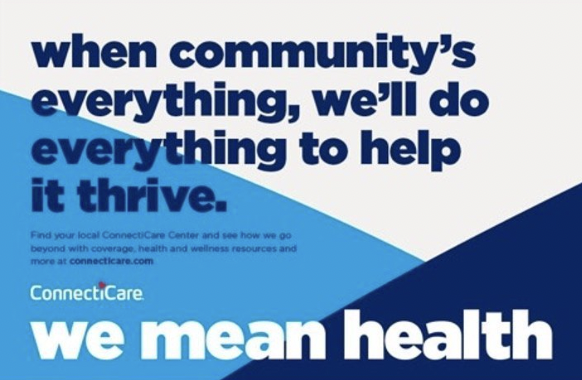



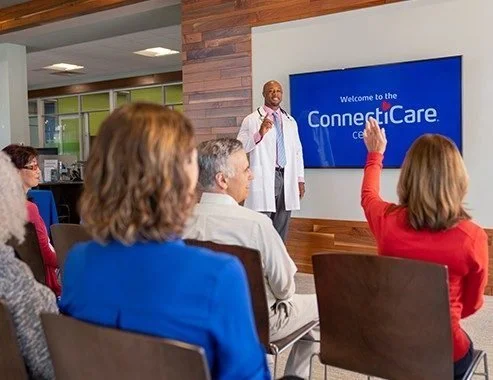
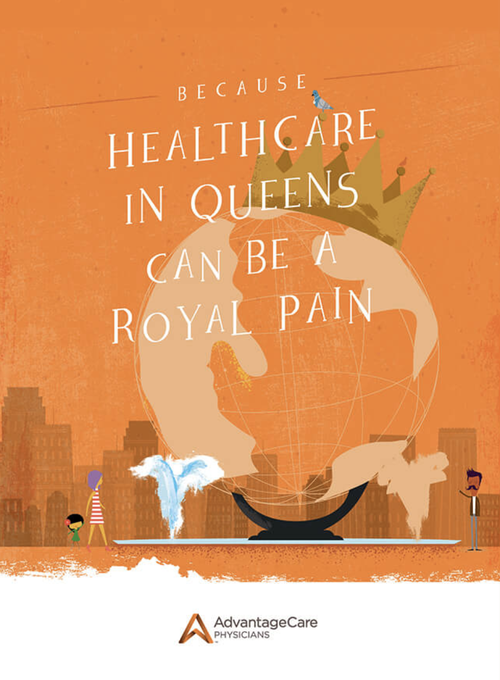
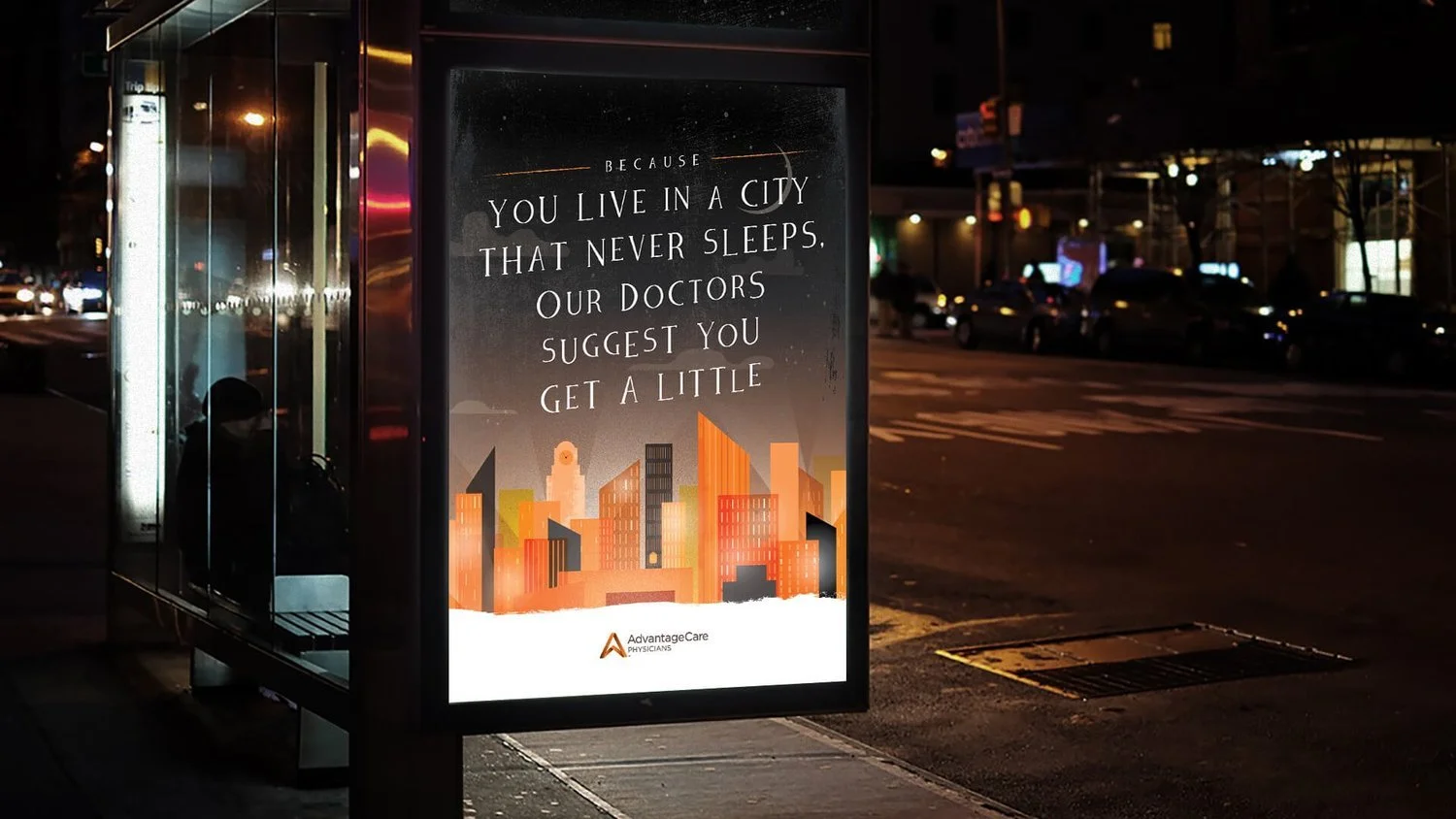
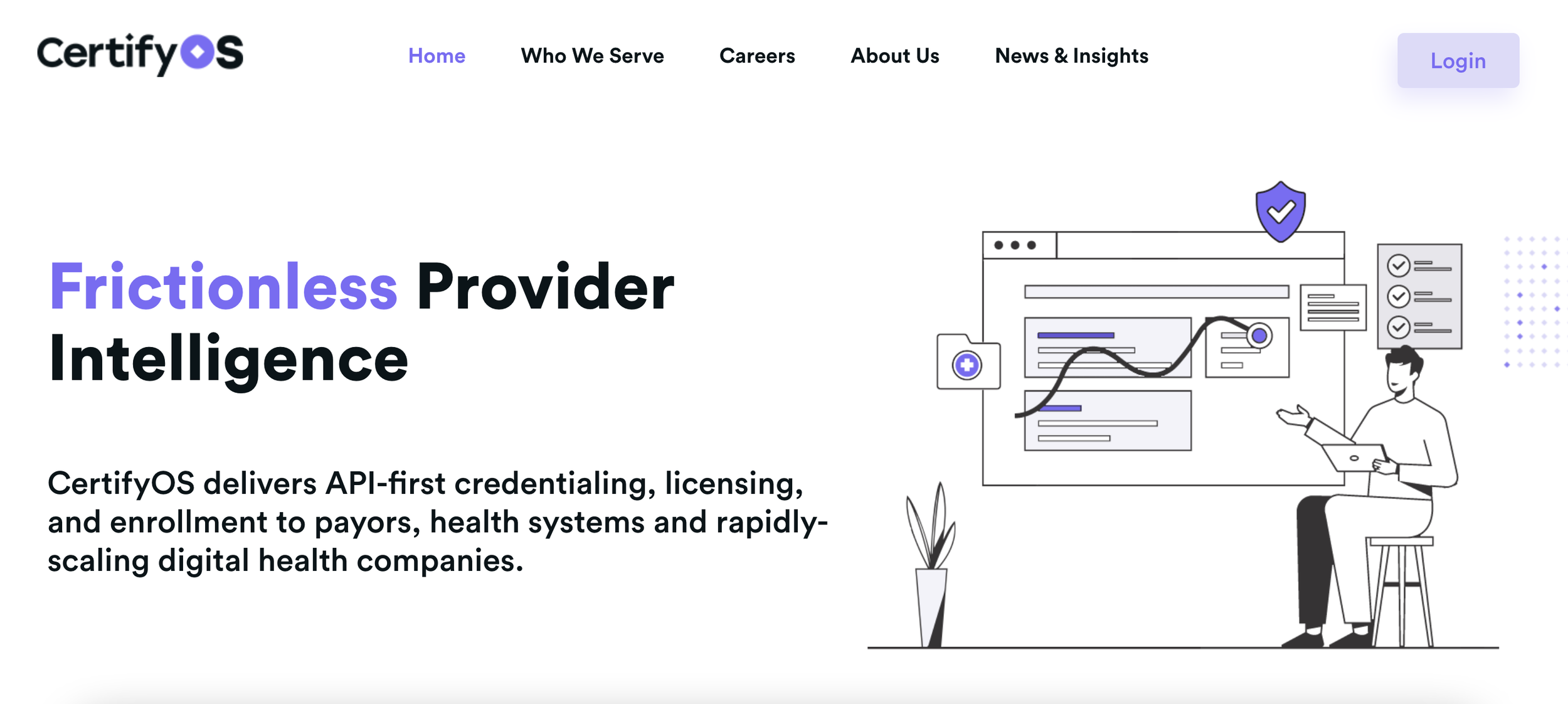
Case study
How do you create a campaign for a world we’ve never known?
EmblemHealtH
-
In 2020, I led the marketing and PR department at EmblemHealth, a health insurer with three million members and 40 medical group practices across the New York tri-state area.
Planning had just kicked off for EmblemHealth’s biggest campaigns of the year. Then the COVID-19 pandemic hit, sending budgets and proven tactics into a tailspin.
-
To stay on schedule, we needed to begin developing EmblemHealth’s fall campaigns in April.
But one month into the pandemic, we still didn’t know what lay ahead for the city and the country. What would the “new normal” look like in several months?
-
Instead of sticking to the playbook, we decided to rewrite it.
After all, EmblemHealth was founded during the Great Depression and had seen New Yorkers through many difficult periods.
Budgets were cut, but the pandemic had shown us the effectiveness of digital media in keeping the world connected.
Patient traffic was at an all-time low, but healthcare was in the headlines every day.
Hiring was frozen, but we had a team of 20 marketers, event planners, researchers, and PR strategists who were more motivated than ever to make an impact.
-
An unprecedented global pandemic required an always-on approach to keep EmblemHealth’s brands top of mind and deliver timely information to its customers.
Redefining Engagement
We started by standing up partnerships with platforms like Nextdoor, a neighborhood-based social media network, to expand our reach and deepen engagement.
As misinformation swirled, we launched Healthy at Home, a content hub on EmblemHealth’s website, and piloted Facebook Town Halls to answer questions and connect members with community resources.
Leading the Conversation
Digital tactics could only go so far in reaching the most vulnerable New Yorkers. We commissioned a citywide survey on the digital divide to help understand the issue, leading to national coverage in outlets like Modern Healthcare.
The findings also led to the expansion of an initiative to reach EmblemHealth’s members through phone calls and other channels. A follow-up member survey found that 77% recalled receiving these communications from EmblemHealth and nearly seven out of ten found them useful.
Dominating News Coverage
EmblemHealth in-sourced PR capabilities at the beginning of 2020, and the pandemic was the first test of the new model.
The team quickly built trusted relationships with New York media, resulting in regular features with EmblemHealth’s medical experts on local news channels. The media exposure led to EmblemHealth’s medical group practice, Advantage Physicians, being selected as a preferred partner for testing drives with the government and unions, which helped recoup patient traffic.
Capturing the Moment
When the time came to develop the look and feel for EmblemHealth’s fall campaign, we knew stock photography couldn’t capture New Yorkers’ resiliency and spirit.
Plus, as a healthcare brand, we needed to use photography that modeled public health practices like mask-wearing.
With a staged photo shoot out of the question due to budget and pandemic production restrictions, we partnered with Peter Turnley, a world-renowned photojournalist, to capture street photography featuring real New Yorkers.
The resulting campaign, created in partnership with EmblemHealth’s brand agency, gyro, was a love letter to the “new” New York—with EmblemHealth as its trusted healthcare partner.
-
387M earned media impressions
Click-through rates as high as 4% across Nextdoor, digital display and sponsored email
6-point increase in net promoter score compared to Q4 2019
Year-over-year growth in brand awareness & purchase consideration
Case study
Building a brand for New York’s newest Planned Parenthood.
Planned parenthood empire state acts
-
Family Planning Advocates of New York State was founded during the 1970s in the wake of Roe v. Wade as a non-profit advocacy group dedicated to protecting and advancing reproductive rights. In 2017, the organization joined Planned Parenthood’s network of political action groups, reincorporating as Planned Parenthood Empire State Acts (PPESA) to represent Planned Parenthood’s nine New York-based affiliates in Albany.
I was brought on board as a consultant by PPESA’s new CEO and Director of Communications to help build its new brand, relaunch its website, and develop its social media strategy.
-
Planned Parenthood is one of the world’s most recognizable non-profit brands. Yet, in New York's crowded political landscape, PPESA was an unknown brand with new leadership.
-
With nine affiliates spread across the state from Manhattan to the Hudson Valley, PPESA needed to cut through the noise and align its far-flung affiliates to present a united front.
With the organization's biggest event, the annual Day of Action, only months away, the countdown was on to launch the new brand and amplify key messaging.
-
Digital organizing is a cornerstone of PPESA’s activism, so we started by establishing their brand on social media, auditing the group’s legacy website, and building a clean, consistent interface in their new content management system with strong calls-to-action.
With a limited budget, we deployed targeted tactics, including Facebook’s Custom Audience feature, to grow and sustain engagement and developed a set of customizable templates for content and marketing collateral.
Leading up to the Day of Action, we conducted trainings with PPESA's affiliates on social media amplification and best practices.
During the event, we served as PPESA’s communications command center, posting live on social media, providing hands-on guidance to the affiliates' communications teams, and monitoring earned media.
-
2x Facebook follower growth
3x Twitter follower growth
Record attendance of 1,000+ compared to legacy organization’s events
550K organic social media impressions
Case study
transforming health literacy, once text message at a time.
Health Care For Humans
-
In 2021, I founded Health Care for Humans, a health literacy community for healthcare professionals, powered through a text messaging CRM platform. The program started as a closed group but was eventually expanded to include participants from companies like Salesforce and Ernst & Young.
-
When the idea for Health Care for Humans first took shape, I was leading the marketing department at a large healthcare company.
I piloted a beta version of the program with a group consisting of marketers, designers, researchers and PR professionals who were passionate about healthcare but overwhelmed by its complexity.
I needed to capture the attention of a group that loved social media and smartphones. That meant no inbox clutter, lengthy training videos, or podcasts they would forget to listen to.
-
Healthcare is one of the fastest-growing employment industries in the country. This was an opportunity to spark passion and purpose among professionals entering the industry for the first time, as well as those who were disillusioned by the complexity of the system.
-
I started small with a beta version in Teams and a combination of text-based and live sessions, the latter of which had an average attendance rate of more than 75%.
I later built a scaled-up version through Community, a text messaging community and CRM platform, and opened it up to the public.
The platform was easy to use, with no software requirements. Features included cohort-based learning, real-time engagement, segmentation based on interest or job title, community building, and group polling.
We started with micro-learning, mastering one topic per day, and followed the golden rule of health literacy: breaking down jargon at a fifth-grade reading level.
Features like interactive quizzes, emojis, and animated GIFs kept participants engaged, while on the back end, the course was completely automated.
-
Participation from employees from EmblemHealth, Salesforce, Ernst & Young and students from the Wharton MBA program.
96% average open rate for text messages.
Plus, rave reviews—received via text message, of course.
“I was surprised by how well Health Care For Humans captures complicated concepts and distills them into the perfect TL;DR.”
SENIOR MANAGER, ERNST & YOUNG
Every text message had a quick lesson or Snapple-like fun fact that was useful even for an experienced professional.
WHARTON MBA CANDIDATE
While I’ve put the community on pause due to bandwidth, I remain deeply passionate about health literacy and the power of technology to break down barriers in learning. And, with the advent of generative AI, I’m excited to see what’s next!
Sample text messages
DAY 1: Work Perks
From free ☕to unlimited 🏖️, most companies offer perks to their employees. But did you know that health insurance was among the first?
In response to a shortage of workers during World War 2, Congress put a freeze ❄️on wages to level the playing field. To stay competitive, companies found a loophole: employer-sponsored health insurance.
This meant offering health benefits to cover employees & their family members (AKA 📖dependents). Then, and today, companies could either take on the risk & handle the logistics themselves or buy a plan through a health insurer, which would take care of everything.
Health insurance was rare back then, so a big medical bill often meant bankruptcy. That made this new perk a great deal. 👍
Here's how it still works today:
💰As an "enrollee" or "member" of the health plan, you pay a fixed monthly amount, called 📖a premium, to subscribe. Your employer usually chips in for this.
💰For services covered under the plan, like a prescription 💊or doctor's appointment, you pay a fixed amount for your share of the cost, AKA a 📖copay.
💰Before your insurance kicks in, you have to pay a fixed amount "out of pocket"/yourself, AKA a 📖deductible.
DAY 2: Party in the USA
By the 1960s, employer-sponsored health insurance was in full swing, but many Americans were left out if they were unemployed, retired, or their employer didn't offer it.
Enter President Lyndon B. Johnson (LBJ) with an idea 💡: health care provided by the government, which could negotiate better deals with doctors & hospitals compared to small insurers, and make sure everyone was covered.
The hitch? Insurers, unions & doctors weren't on board.
❌For insurers, the reason was obvious (it would put them out of business).
❌Unions would lose a bargaining chip in negotiating worker benefits packages.
❌Doctors would have less bargaining power to negotiate what they considered to be fair reimbursement rates for their services.
Because of this, LBJ's predecessors had gotten nowhere with proposals for universal health care, a system where the government uses taxpayer funds to guarantee access to care for everyone.
So LBJ struck a compromise, limiting government-sponsored health insurance to those who needed it most. Thanks to his 1965 bill:
✔️People over the age of 65 are now covered by Medicare.
✔️People with limited income or disabilities are covered by Medicaid.
Day 3: the og 👑
Over the next three days, we're covering the basics of Medicare. We'll get back to Medicaid later.
President LBJ started what's called Original Medicare, or Medicare Parts A & B. For today's session, let's call it "OG Medicare."
📖OG Medicare is run by the Centers for Medicare & Medicaid Services (CMS) and funded by taxes taken out of your paycheck, much like Social Security. OG provides eligible people (those ages 65+) with access to doctors & hospitals that accept Medicare.
📖Part A of OG Medicare covers hospital insurance, and 📖Part B covers medical insurance.
An easy way to remember it is: A & B ➡️In & Out
👉Part A = inpatient (services IN the hospital, like surgery)
👉Part B = outpatient (services OUT of the hospital, like a doctor's appointment)
OG Medicare pays its share of an approved amount for a service, and the enrollees cover the rest.
To help cover the costs, or for things that aren't covered by OG (like most prescriptions and dental), you can also enroll in:
📖Medicare Part C, a private health plan (also known as Medicare Advantage)
📖Medicare Part D, a standalone prescription drug benefit 💊
More on Parts C & D tomorrow...





